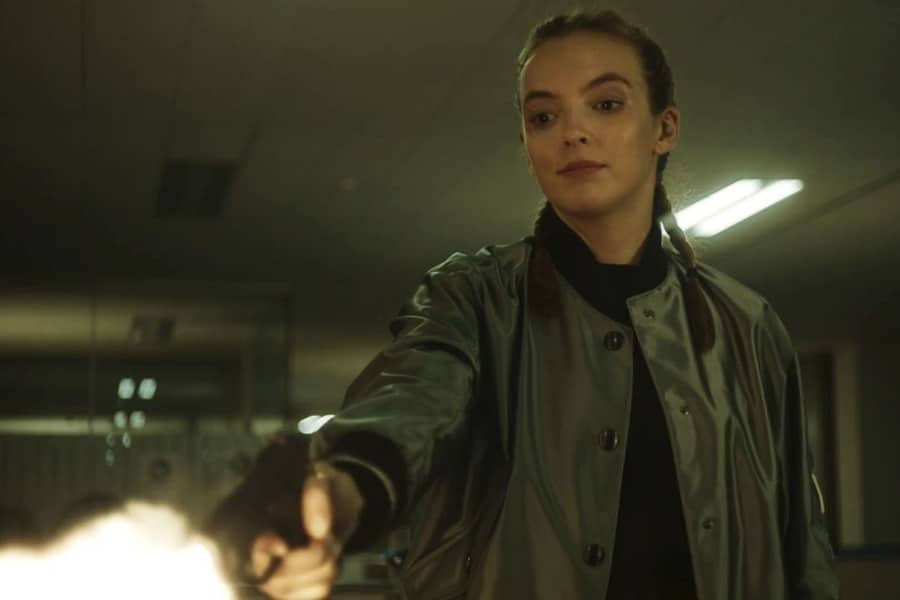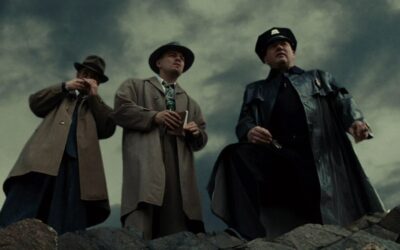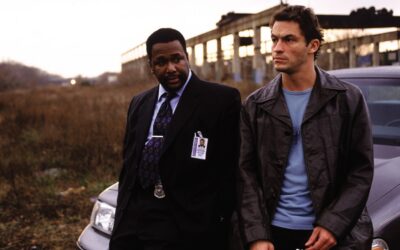
Female Criminals in Fiction
Cracking the spine of crime fiction’s history reveals an intriguing evolution: the journey of female criminals from the shadows of femme fatales to the spotlight of criminal masterminds. This transformation in literature and screen adaptations mirrors changing societal views about women, both in their capabilities and complexities.
The early days of crime fiction often relegated female characters to the sidelines or cast them in the role of the femme fatale. These women were typically mysterious, seductive, and often used their wiles to manipulate the male protagonist. Consider Brigid O’Shaughnessy in Dashiell Hammett’s “The Thin Man.” She’s the epitome of the classic femme fatale – beautiful, cunning, and ultimately, treacherous. Such characters were products of their time, reflecting the limited roles available to women in both fiction and society.
As the genre progressed, however, so did the roles of its female characters. Agatha Christie, with her creation of Miss Marple, was one of the first to break the mold. Miss Marple, an elderly spinster with a knack for solving mysteries, was neither a femme fatale nor a side character – she was the protagonist, using her intelligence and insight to crack cases. Christie’s portrayal of Miss Marple was revolutionary, showcasing a woman whose power came from her mind, not her sexuality.
Fast forward to the 1970s and 80s, and the landscape of crime fiction began to shift dramatically. Female criminals in these stories were no longer just seductresses; they were increasingly portrayed as complex characters with motivations beyond mere manipulation. Take Patricia Highsmith’s “Ripley Under Ground,” where the female characters play pivotal roles in the plot’s development, displaying a range of motivations and moral complexities.
In the contemporary era, female criminals in fiction are not just complex; they’re often the masterminds. They are the CEOs of crime, orchestrating elaborate schemes with skill and precision. A prime example of this evolution can be seen in characters like Lisbeth Salander from Stieg Larsson’s Millennium series. While she operates on the right side of the law, her character embodies the intelligence, resourcefulness, and complexity that define modern female criminals in fiction.
Television and film have also contributed to this evolution. Series like “Killing Eve” present a new type of female criminal – Villanelle, a skilled assassin who is as charming as she is lethal. Her character is multifaceted, blurring the lines between villain and anti-heroine, and challenging traditional perceptions of female criminals.
The evolution of female criminals in crime fiction is not just about changing character archetypes; it’s also about changing narratives. These characters are no longer defined solely by their relationships to men; they have their own stories, ambitions, and agency. They are not just participants in the crime – they are the architects of it, with motivations ranging from survival to ambition, revenge to ideology.
This shift reflects broader societal changes. As women’s roles in society have expanded, so too have their roles in crime fiction. These characters challenge the traditional gender norms and expectations, presenting a more nuanced and realistic portrayal of women’s capabilities and complexities.
The impact of this evolution is twofold. On one hand, it provides readers and viewers with a richer, more diverse range of characters and stories. On the other, it reflects and influences how society perceives and understands women – not just as criminals but as people.
In summary, the journey of female criminals in crime fiction from femme fatales to criminal masterminds is a testament to the genre’s growth and its ability to adapt to changing societal norms. These characters have moved from the periphery to the center, from supporting roles to leading ones, mirroring the ongoing journey toward gender equality in society. As crime fiction continues to evolve, it will undoubtedly continue to challenge and reshape how we think about crime, gender, and the endless shades of moral ambiguity in between.
More Crime Features
Literary Crime
Where Depth Meets Deceit
Criminal Fashion
Iconic Outfits and Styles in Crime Fiction
Ethics in Crime Fiction
Exploring Morality in Law and Order



